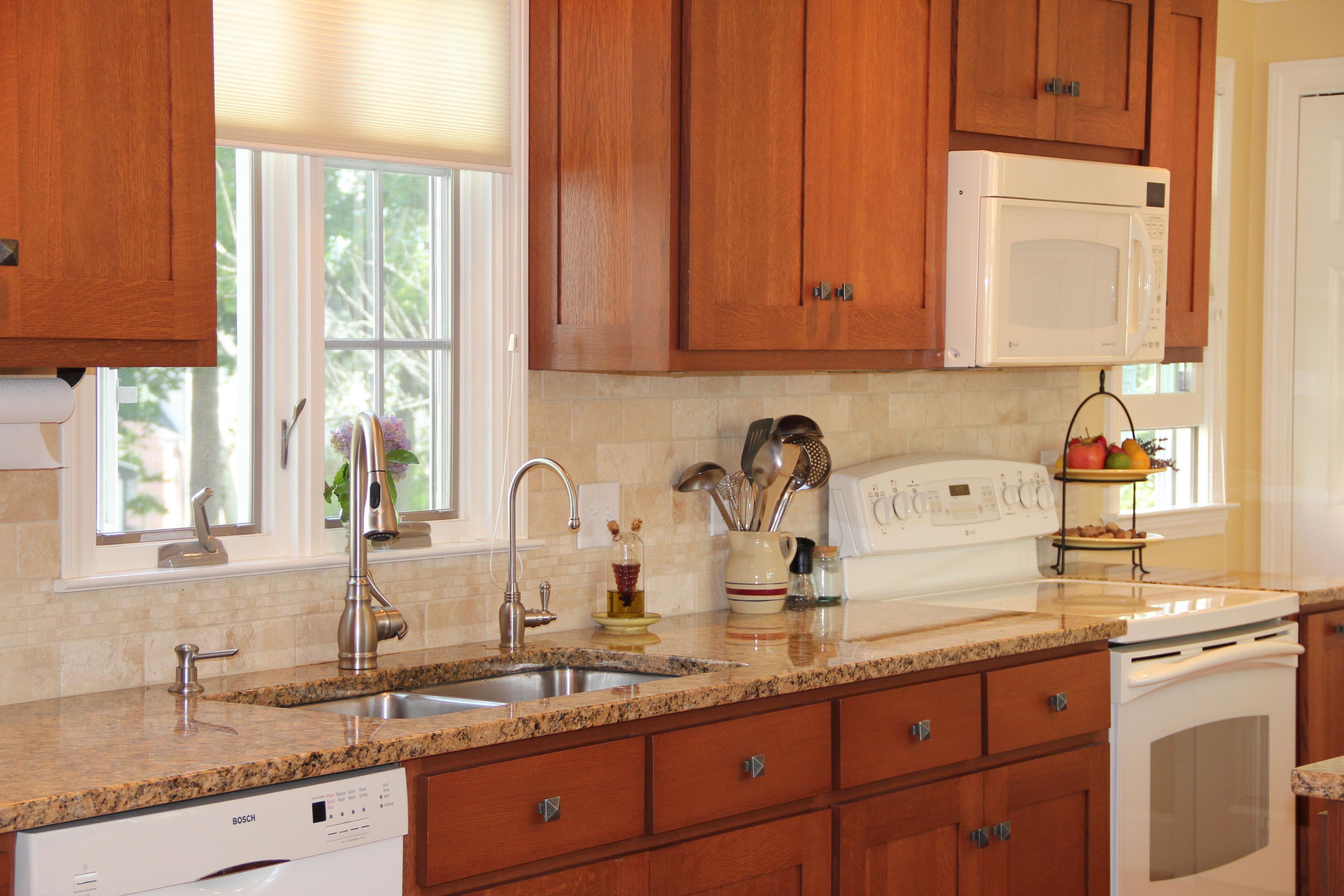We often are asked the question of whether or not homeowners should completely gut the room they are looking to remodel. It’s a good question and to be honest, completely gutting a room, depending on the size and extent of the demolition, may be less expensive than you think.
In our opinion, it is always a good idea to completely demolish a room for a few reasons. First, depending on the age of the room being remodeled, it may be worthwhile to take a look at the plumbing, electrical, framing, and insulation in the wall cavities. Second, the overall finish of the room when completed will be more seamless. Our third and final reason is that codes are constantly being updated and it is worthwhile to make those changes if you are doing a remodel
Gutting a room can be a pretty scary thing to look at. Revealing your home’s bones can be confusing if you have never seen inside your walls before, but it is educational as well. We are able to quickly diagnose problems and make corrections which greatly benefit our clients. We have seen countless examples of poor and unsafe electrical wiring in walls which can be potentially dangerous for the homeowner. Being able to correct those issues gives peace of mind to the homeowner and enables us to provide the best job possible. In addition to uncovering electrical issues, we are able to uncover plumbing issues and make the appropriate changes. Often, we uncover lead toilet drains which are susceptible to failure that causes a leak of waste water into the space below. We also have uncovered water supply pipes that are run above the floor joists in a bed of tile mortar. These are things that we would bring to a homeowner’s attention and recommend be changed. Once these issues are corrected and new plumbing and electrical is installed, the building inspector can then see that everything is safe and up to code which would then allow us to install new insulation. Insulation has become much more efficient and adding new insulation to your walls can make a big difference to energy savings and heat loss. In some cases, depending on the age of your home, you may not even have any insulation in the walls. This is just another reason why a full demolition may be worthwhile.
By completing a full demolition to a room, we not only remedy certain issues we uncover, but we also are able to plan ahead for the remodel. Gutting a room isn’t only about getting new sheetrock at the end of the project. It’s also about preparing for the finishing touches that will take place at the end of the project. Our clients often ask us to install grab bars, towel bars, toilet paper holders, robe hooks, etc. We are certainly able to do this on a pre-finished wall, but there will be no guarantee that there will be a wood backer to screw into. Therefore, we would use a screw anchor, or molly, and the fixture would be fastened directly to the sheetrock or plaster ultimately leading them to loosen with age. However, when the sheetrock or plaster is removed from the room, it allows us to install framing for wood blocks in the walls where the homeowner wants their bathroom hardware. This ensures a solid area for the fixture to be attached thus creating a more seamless finish in the remodel. In addition to the wood blocks, we are able to frame areas for medicine cabinets or other storage units you may want installed. After everything is taken care of in the walls, new sheetrock is installed providing a new, unblemished surface, ready to receive paint.
Building code changes constantly and it is our job to make sure that your project is safe and up to code. One example of how gutting the room of your remodel and updates in building code go hand-in-hand is moisture protection in a finished basement. If you have a finished basement that was completed a long time ago, it may not have the proper moisture protection required by today’s building code. Moisture barriers behind wall framing in a basement can stop mold from forming in your wall cavity, thus creating a healthier space for you to be in. Another example of a change in building code that can be addressed is the issue of fire blocking areas in the wall cavities. Years ago, buildings were framed with balloon framing which meant that the wall studs often extended vertically the whole height of the building, with no break for a horizontal top plate. This method of framing allows fire to spread very quickly up through those wall cavities, thus decreasing the amount of time to extinguish the fire. New framing codes now prohibit this style of framing, but they also ensure that any open cavities in framing that lead to another floor or framing bay be blocked by either wood fire blocks or by a fire rated insulation. There are far too many code changes to list examples for, but by being able to make the appropriate updates, it will enable you to have the confidence that your remodel is safe and sound.
As you can see, gutting a room goes far beyond just getting new sheetrock installed and we feel it is a very important step on the remodeling process that should not be overlooked. We are certainly happy to work with whatever scope falls within your budget, but a full demolition of a room is something we will most always recommend. Our goal is to provide you with the most complete and thorough renovation while providing you with the highest quality of care and craftsmanship. If you have any questions regarding what you have read, please feel free to contact us at 860-529-9583.

